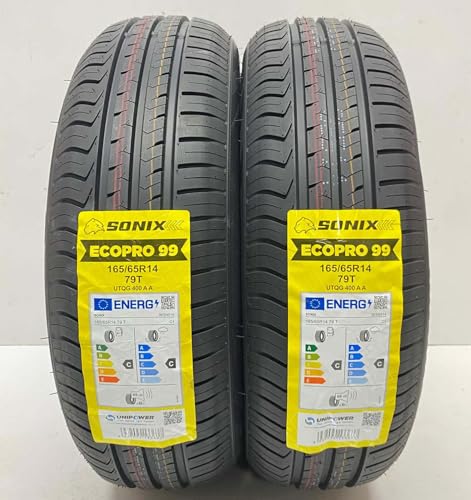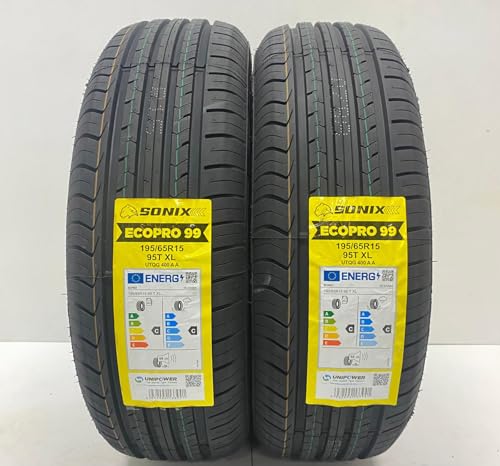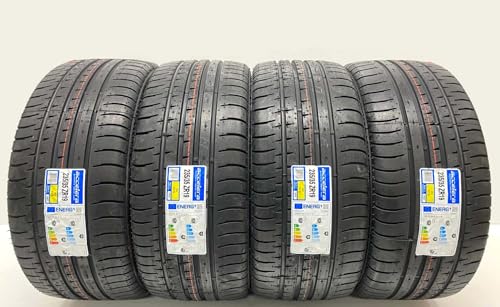Understanding Puppet Theatre: A Guide for Beginners
What is Puppet Theatre?
Puppet theatre is a captivating form of storytelling that uses puppets as main characters, bringing stories to life in a unique and imaginative way. As beginners, we can explore various styles, including traditional hand puppets, marionettes, and shadow puppets. Each type employs different techniques to manipulate and express emotions, making them suitable for different stories and audiences.
The Joy of Puppet Shows
Engaging in puppet theatre can be a delightful experience for both young and old. Imagine creating an entire world with your puppets, where children can participate, enhancing their creativity and communication skills. Performing puppet shows can also foster family bonds, as everyone can play a role, whether as puppeteers or enthusiastic audience members.
Choosing the Right Puppet Theatre for Your Home
Size and Space Considerations
When selecting a puppet theatre for home use, consider where it will be placed. A puppet theatre can vary in size from a compact tabletop version to an elaborate freestanding model. Ensure that your chosen theatre fits in the intended space without overwhelming the room. A smaller theatre can be ideal for smaller children, while a larger one might suit a more dedicated performing area.
Types of Puppet Theatres
There are various types of puppet theatres, each designed for different needs. A simple flat front theatre suits those new to puppetry, providing an easy setup for quick performances. Models that include curtains and backdrops can add a professional touch and stimulate imagination during plays. Consider what type reflects your style and what will encourage your puppet performances best.
Essential Features to Look for in Puppet Theatres
Material and Durability
The durability of your puppet theatre is crucial, especially if it will be used frequently. Look for theatres made of sturdy materials such as wood or heavy-duty cardboard that can withstand the enthusiasm of performances. Ensure that the theatre is well-constructed and lightweight enough for easy relocation.
Accessibility and Ease of Use
A well-designed puppet theatre should be accessible for little hands. Check that the puppet entrances are appropriately sized to allow easy manipulation of the puppets, enabling children to engage without frustration. Features like removable backdrops can help customise performances, enhancing the interactive experience for both puppeteers and spectators.
Creative Ideas for Using Your Puppet Theatre
Storytelling with Puppets
Puppet theatre is fantastic for storytelling and can transform classic tales or even original stories into vibrant performances. Encourage children to create scripts, develop characters, and design their performances. This approach not only boosts their storytelling skills but also enriches their imagination and understanding of narrative structure.
Educational Themes
Incorporating educational themes into your puppet performances can be both fun and enriching. We can explore topics such as friendship, sharing, or even basic science concepts through engaging puppet shows. This method can make learning enjoyable, capturing children’s interest and encouraging them to absorb important lessons.
Tips for Maintaining Your Puppet Theatre for Longevity
Regular Cleaning and Care
To ensure your puppet theatre lasts, regular cleaning is essential. Dust the surface and remove any stains gently to maintain its appearance. Check fabric areas, particularly screws or joints, for wear and tear to address any issues promptly.
Storing Your Theatre Properly
When not in use, store your puppet theatre in a dry, stable environment, avoiding exposure to direct sunlight or dampness. Disassembling larger theatres for storage can help maintain their shape and structure while protecting them from potential damage.






















